
AIELSON awarded! Honorary mention at Prix Ars Electronica
The Prix Ars Electronica is the world's most time-honored media arts competition.

The Prix Ars Electronica is the world's most time-honored media arts competition.
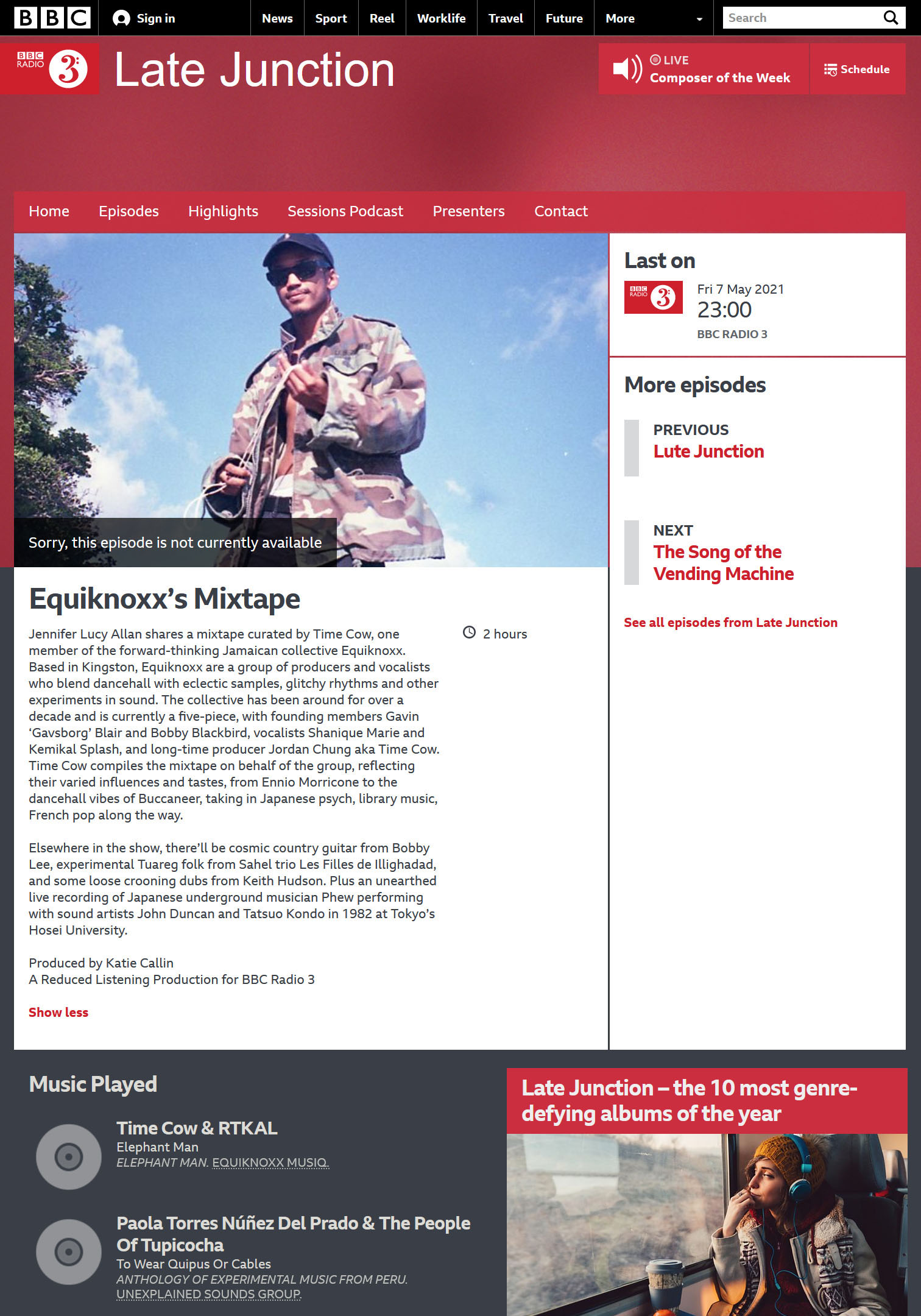
"Jennifer Lucy Allan shares a mixtape curated by Time Cow from Equiknoxx."
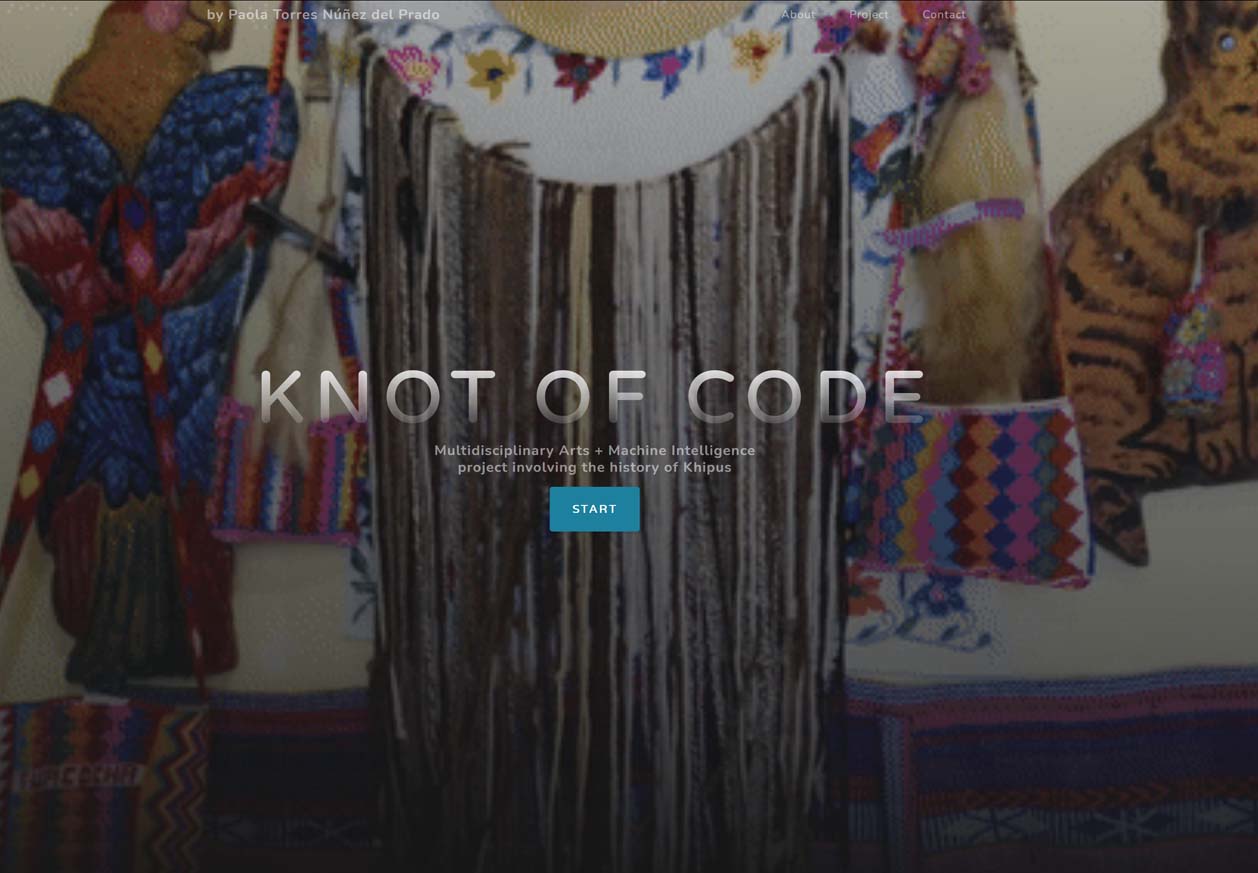
"Multidisciplinary Arts + Machine Intelligence project."
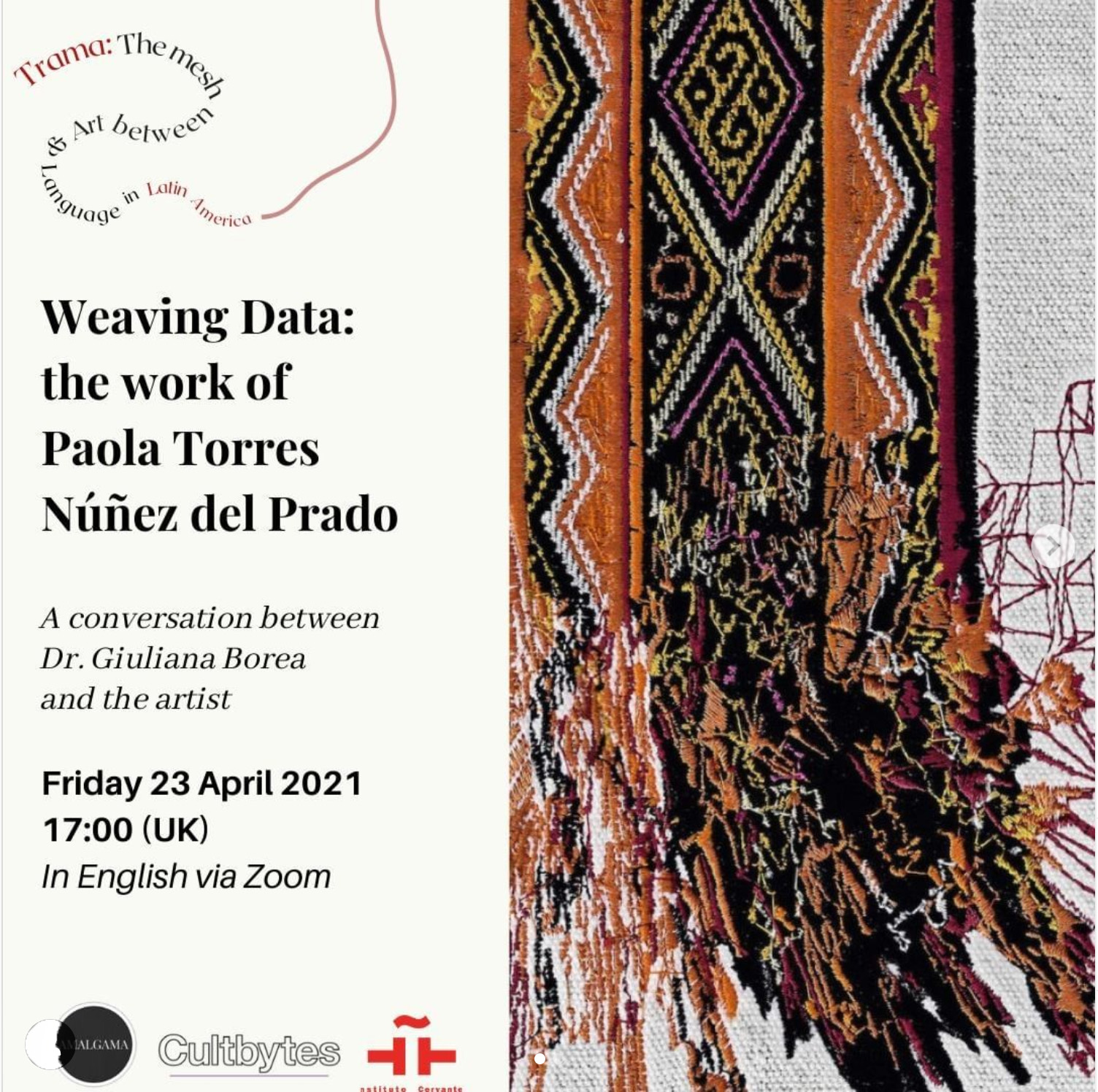
"A conversation between Dr. Giuliana Borea and the artist."
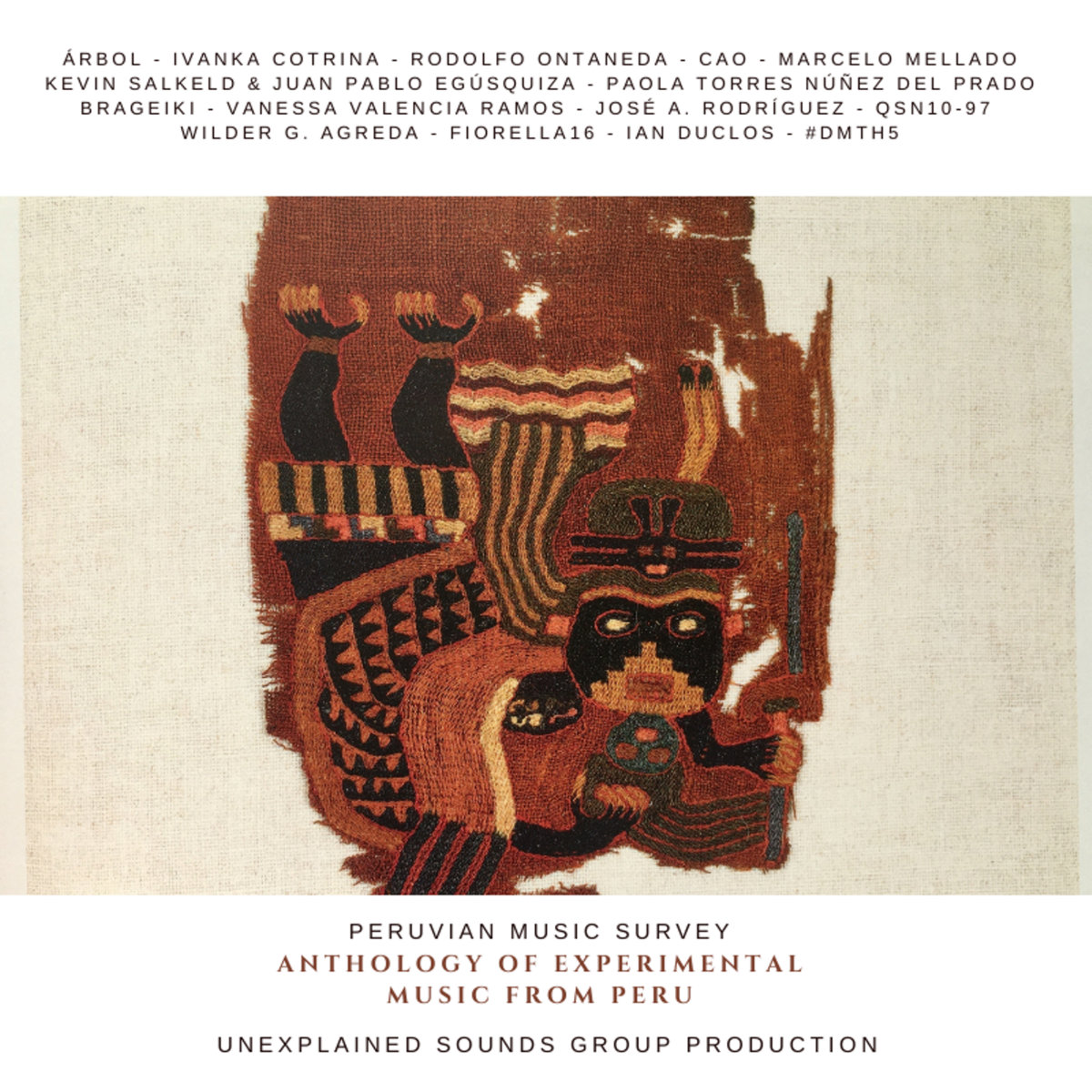
"The aim of this anthology is to highlight the genre's evolution in Peru"
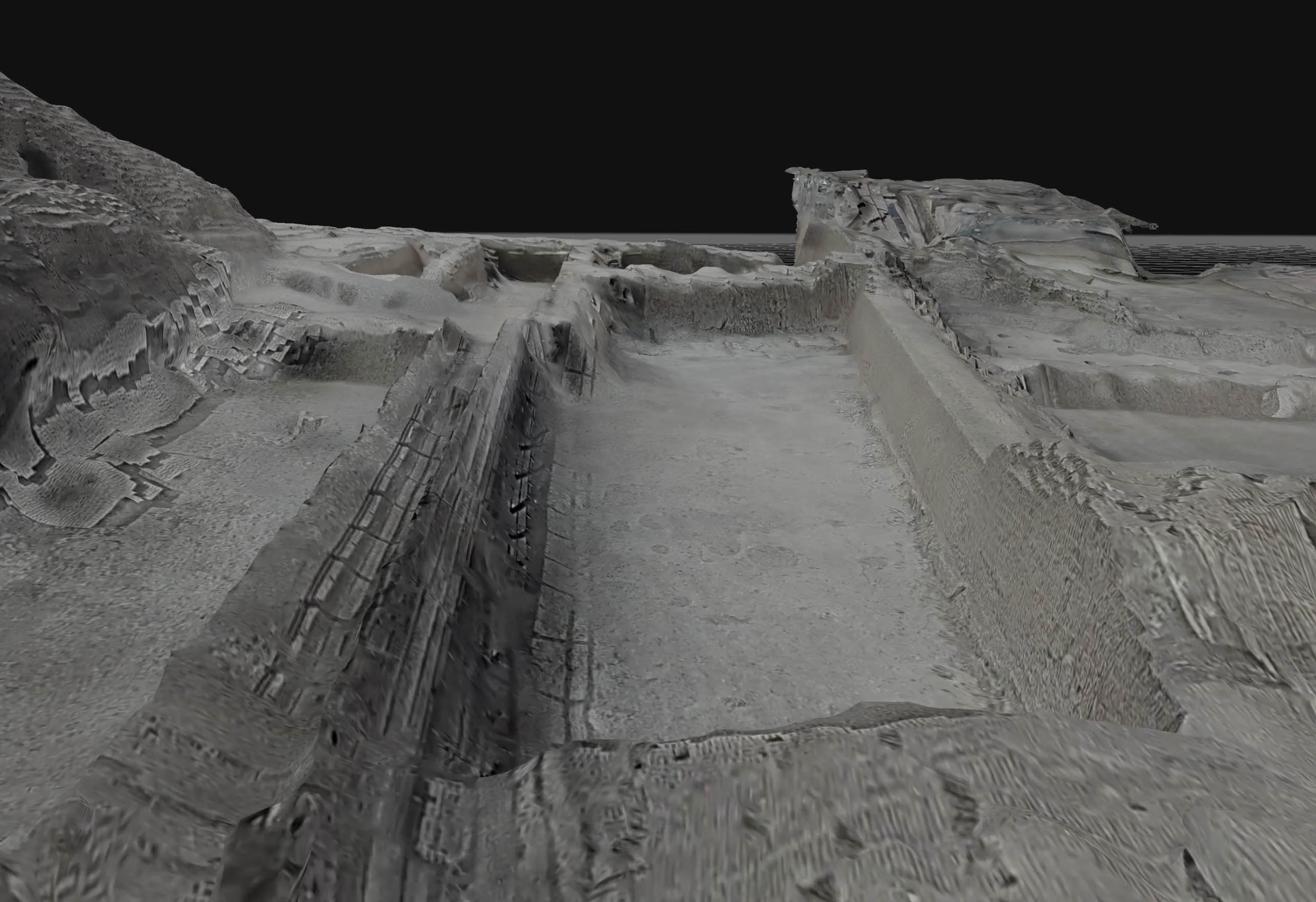
Made especially for the "Anthology Of Experimental Music From Peru" Compilation
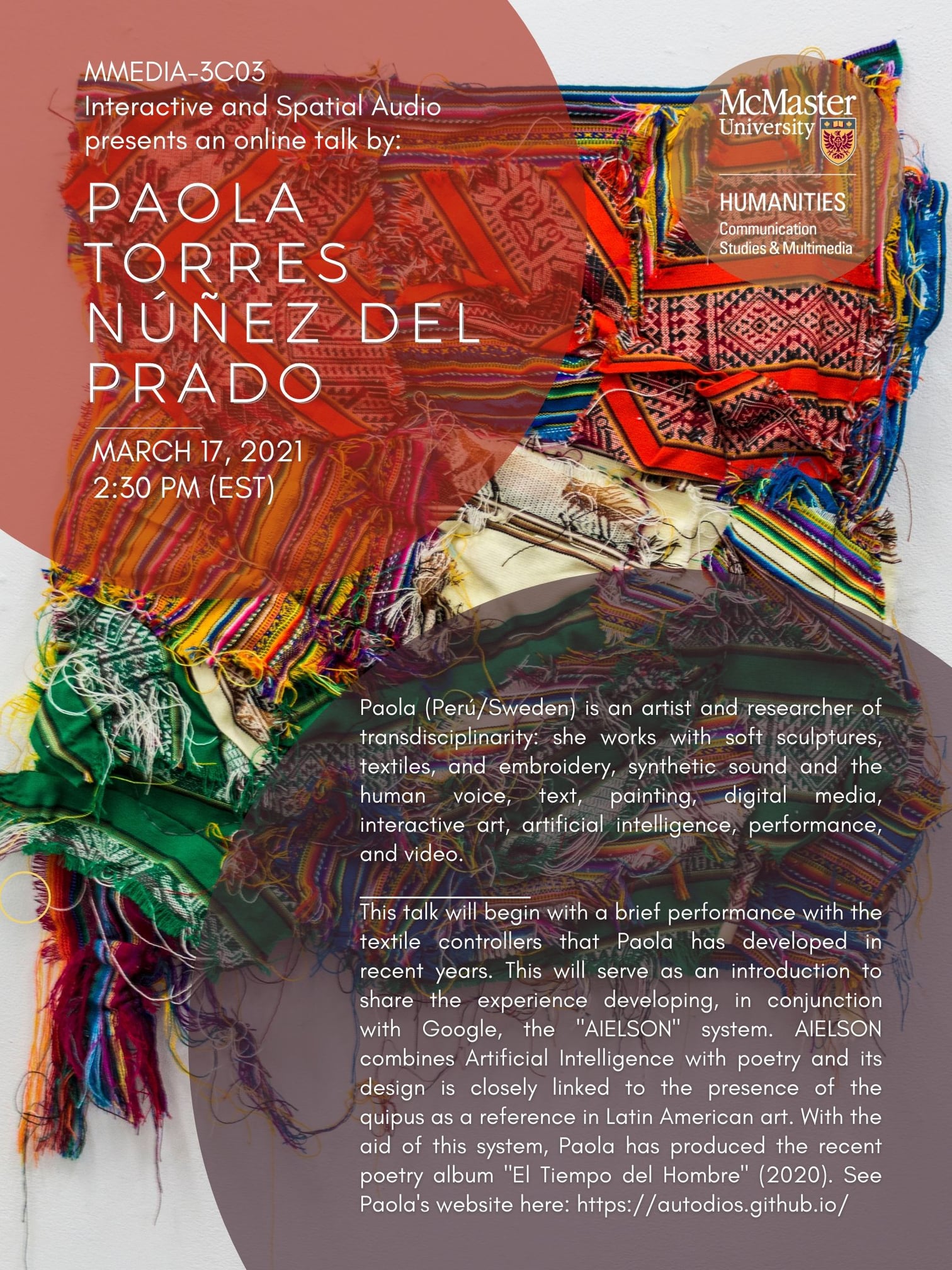
"She will share her experience while developing AIELSON with Google."
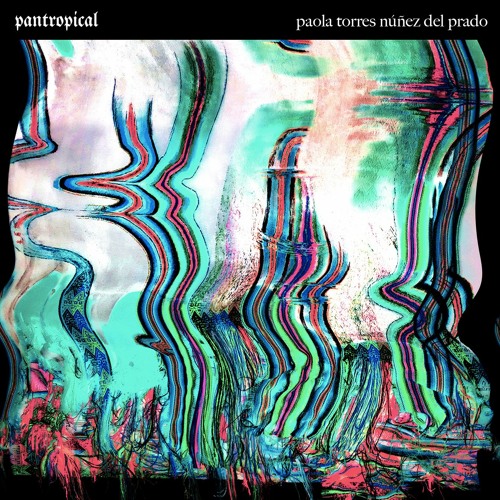
"In her sound piece, Paola shifts between the organic and the abstract/synthetic. "
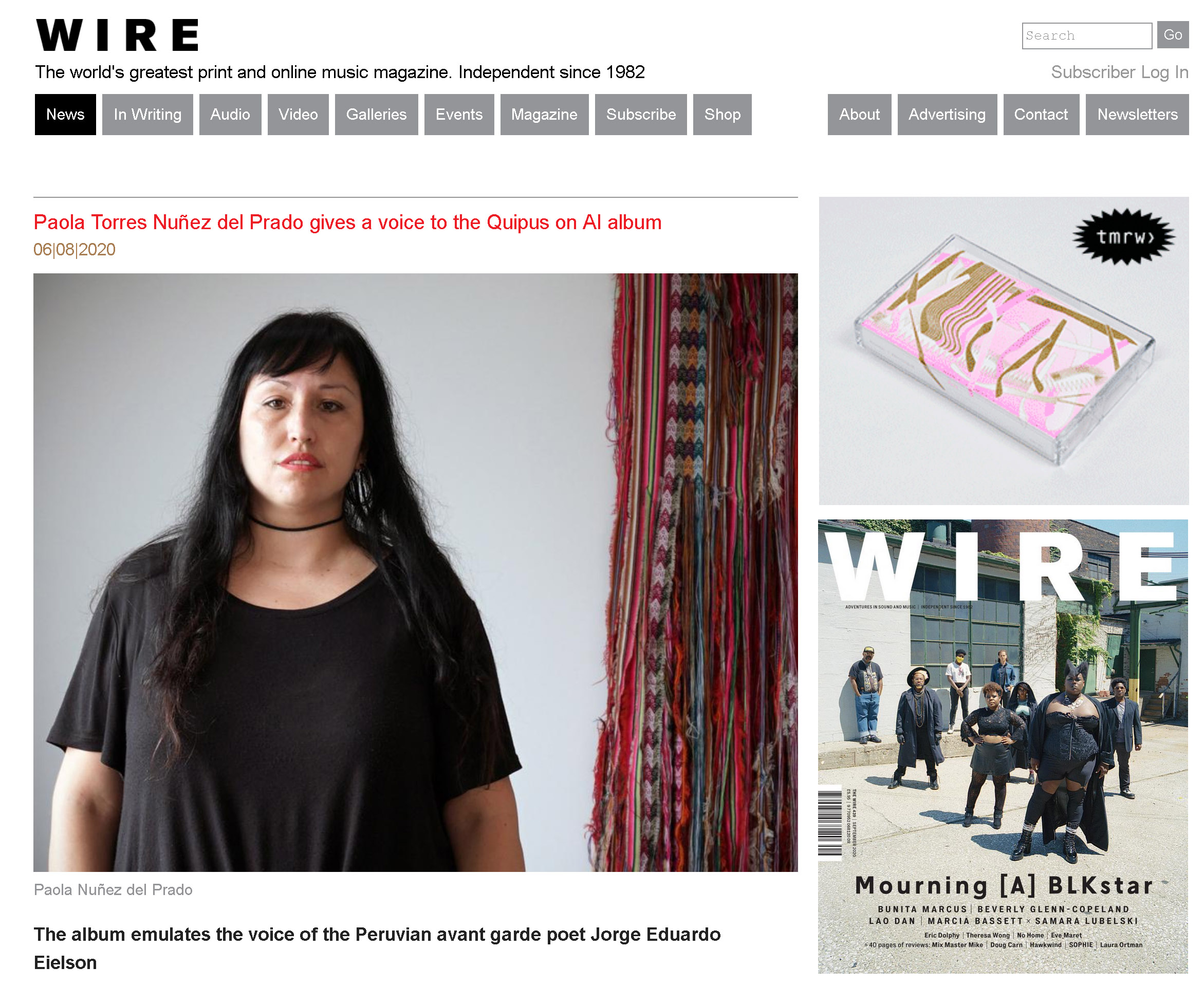
"Peruvian multimedia artist Paola Torres Núñez del Prado will release her AI poetry record this month. "
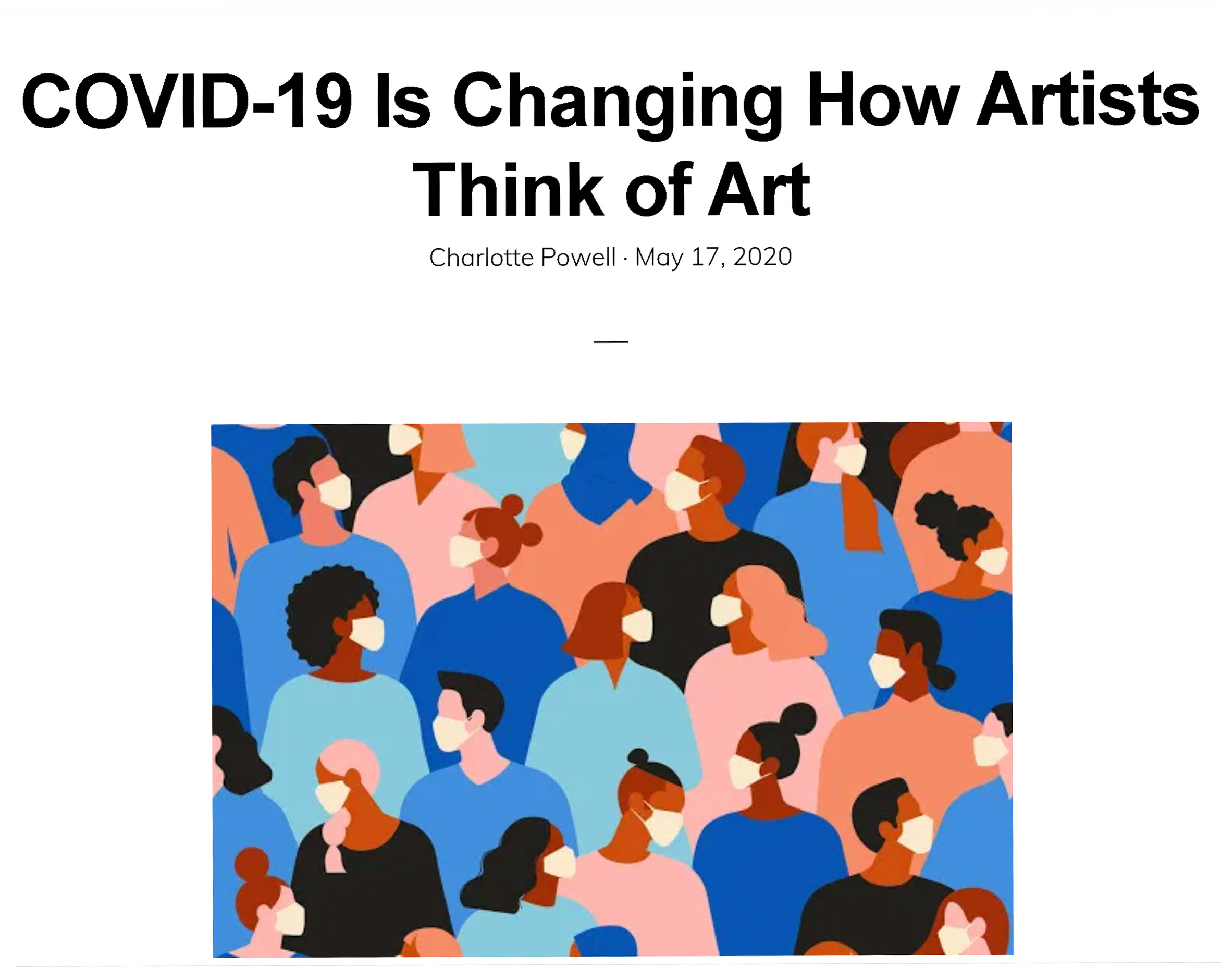
"Núñez del Prado’s work is made out of tensions. Her website says that she intertwines pre-Columbian cultures and technology, the haptic and the sonic, virtual and physical codes."
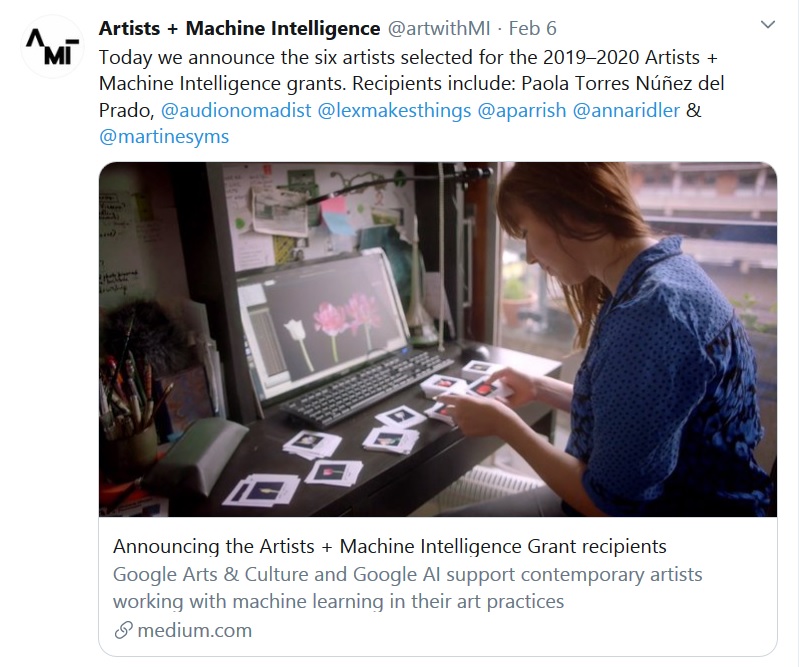
"We are excited to announce the recipients for this year’s 2019–2020 funding cycle. Recipients include: Budhaditya Chattopadhyay, Alex Fefegha, Allison Parrish, Anna Ridler, Martine Syms, and Paola Torres Núñez del Prado."
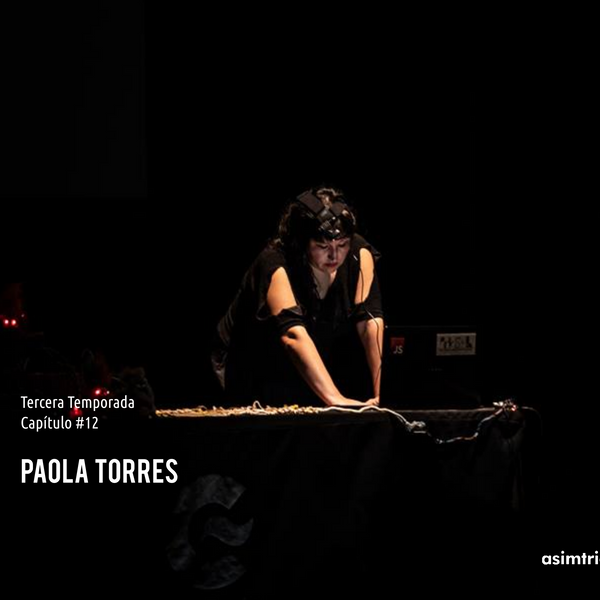
I was interviewed for Archivolat (Latin American Sound Artists database) about my performances with textiles
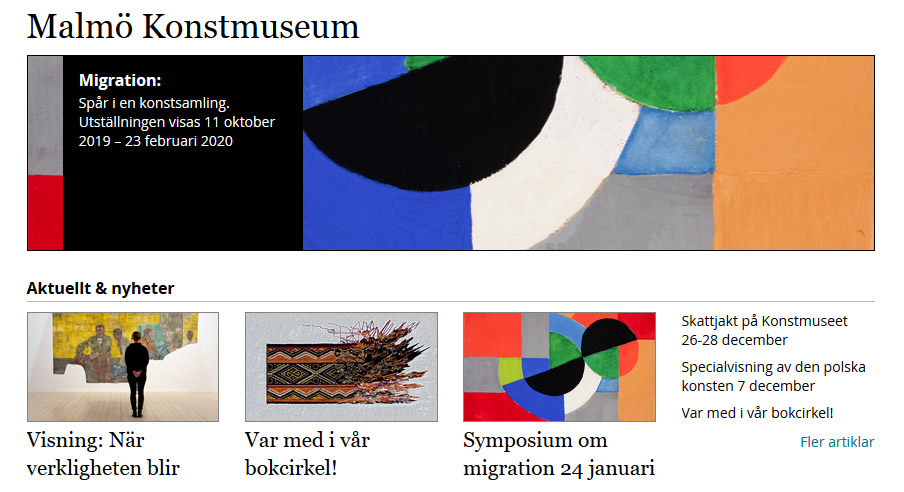
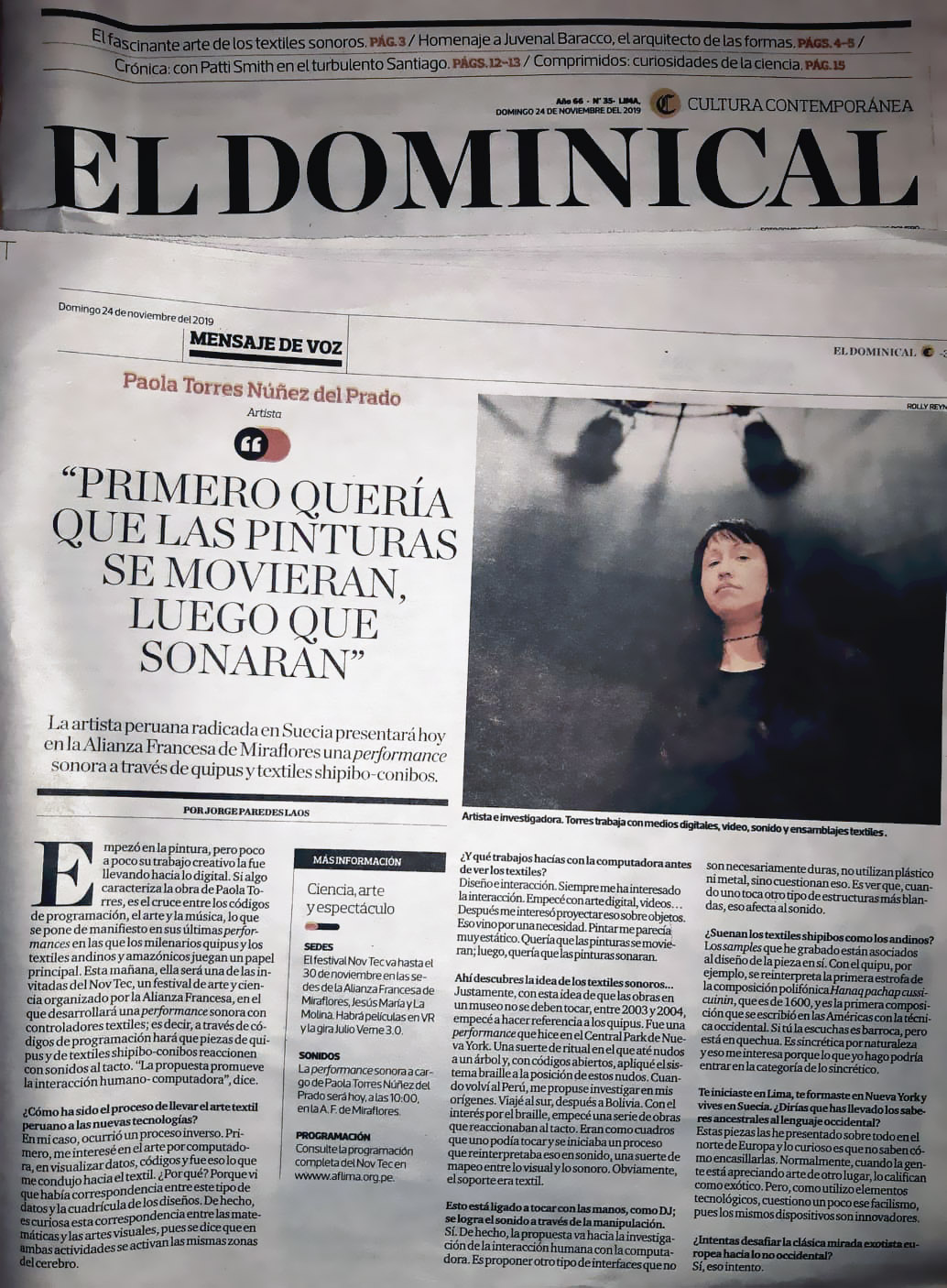
I was interviewed in the El Comercio newspaper about my Sonified Textile Performance
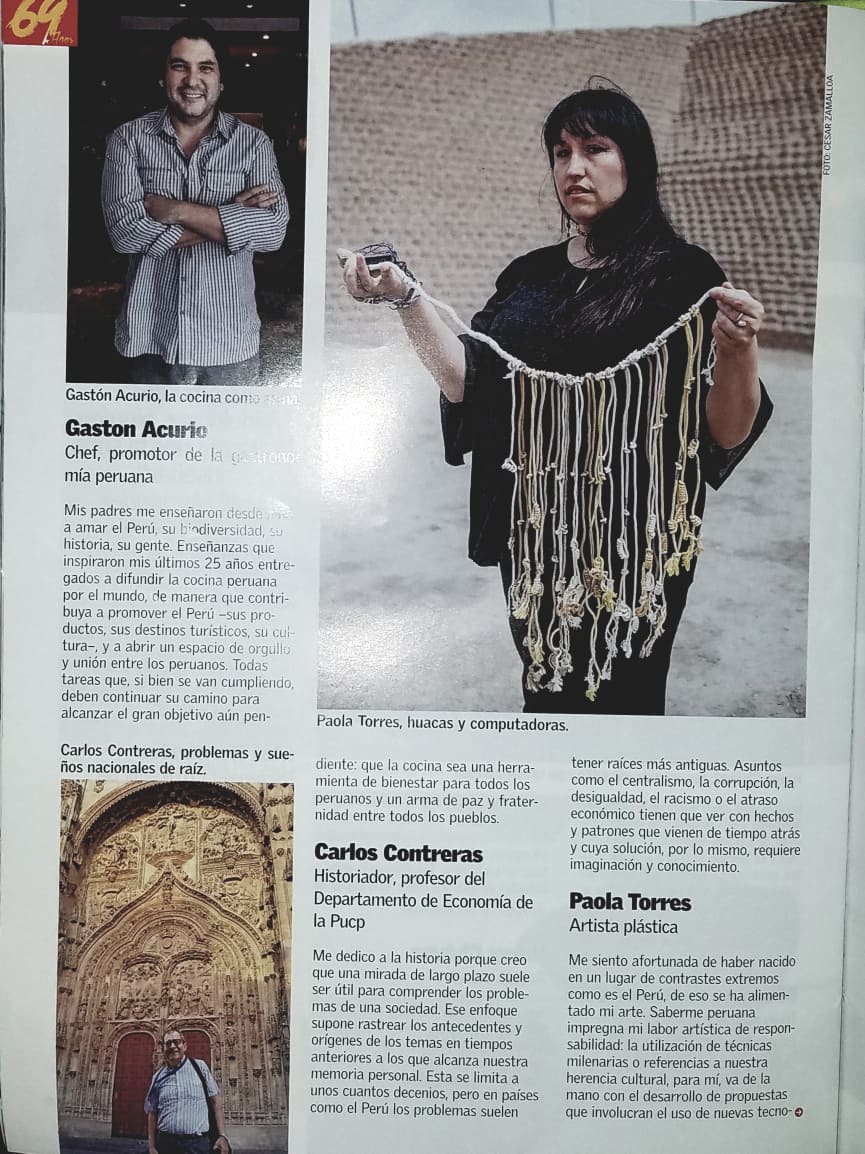
I have been included as part of the "Agents of Change" list in Caretas Magazine, from Peru, that includes personalities as Lima´s Major or the President of Peru himself!
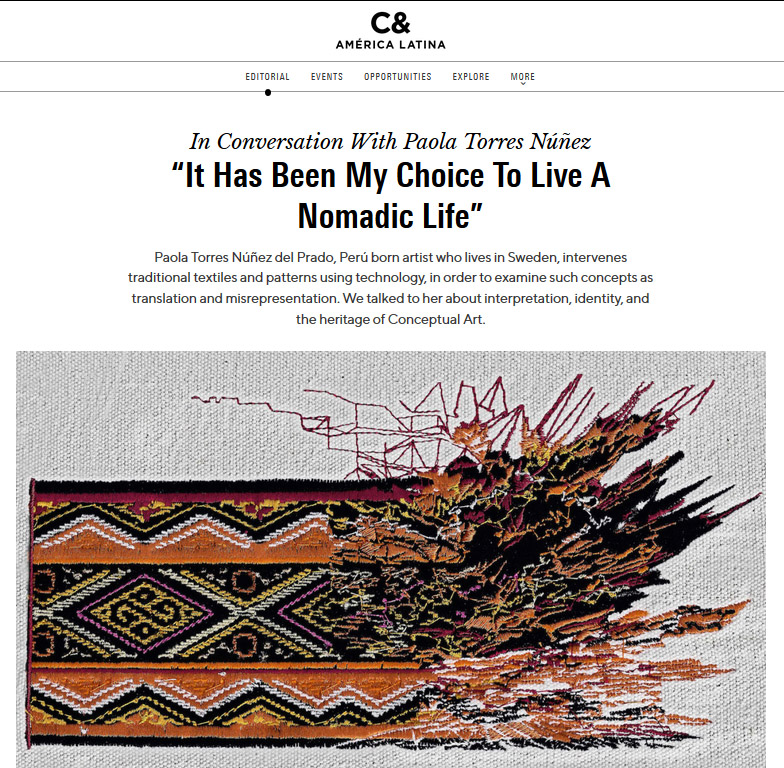
"Paola Torres Núñez del Prado, Perú born artist who lives in Sweden, intervenes traditional textiles and patterns using technology, in order to examine such concepts as translation and misrepresentation."
The first step in designing any type coding system relays on recognizing a pattern, thus, to define a rule (or law). Actually, the event that has marked the difference between prehistory and history was the act of physical coding (either some lines and a space in some piece of dried-mud tablets) in a conventional (understood as socially agreed and known) manner, in what now it will be defined as writing. The grasping of meanings and memory through code is believed to have started through opposition: sound and silence, “this is“ while “this is not”, line or space; truth or falsity, black or white; essentially, through recognizing or defining some division, some otherness. In the last century, “difference has tended to be conceived in one of two ways: either it has been construed as comparative, an external difference between complete entities which can be measured or represented according to a third or extrinsic term,” explains Elizabeth Grosz, “"[as] a metric which determines relations of more or less, and also that has been understood as constitutive, an internal relation of terms which structures them according to their negative relation to other terms.”
Weaving is interweaving while avoiding entanglement (although always a possibility), thus, it implies the application of order onto the otherwise knotted threads. This is a highly mnemonic task; it is periodic in nature, where the weaver needs to remember not only the exact sequence followed by the thread, but by its color (...) One can imagine a pre-historic (as non-writing) group of female-weavers sitting down, entangled in conversation while inserting the threads respecting their imaginary grid, following an order that appears mentally while talking and following yet that other order at the same time; words and textile being mutually impregnated with one another. (extract from Apophenial Codex, 2013)